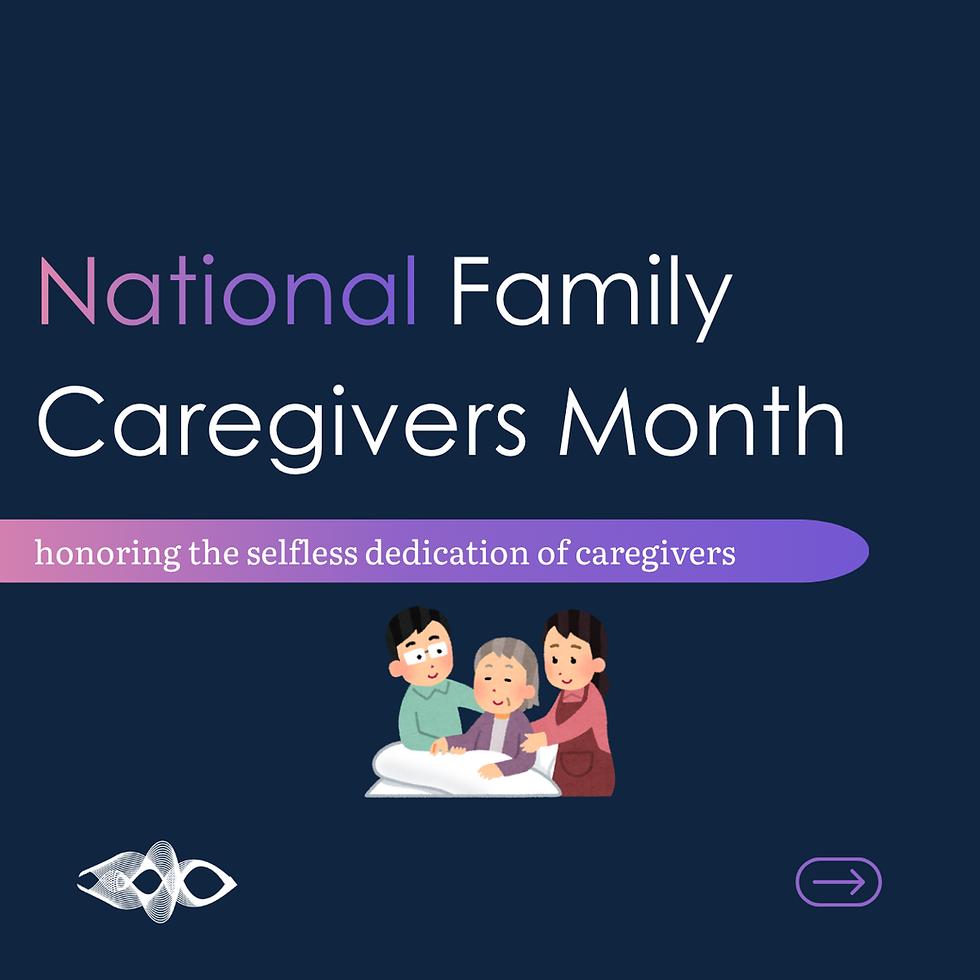Digital Biomarkers: How Data Impacts Health
- Michel Birnbaum
- Mar 18, 2022
- 6 min read
Updated: Jun 17, 2022
Imagine being an active participant in your health management and medical treatment, hand in hand with your healthcare provider.

Think about your last annual physical. You checked in at the front desk, was ushered into a small, cold room, met with a nurse, and answered some questions, from how much alcohol you typically drink every week to how much exercise you do. No matter how many physicals you have completed in your life, the process is straightforward: your health may change and so, your doctor needs an up-to-date picture of what your body is going through and what your health status is.
What if, however, your health provider could have all that useful information even before you step into the room? Or if they could even talk to you about concerns you never knew you should be concerned with, given the data you provided them with, incorporating information from your everyday life patterns outside of the doctor’s office?
Digital Biomarkers
Such a scenario is very possible with digital biomarkers. You might ask, “What are digital biomarkers?” While they might sound like something from a science fiction novel, they can be commonly found around us.
Put simply, digital biomarkers are physiological or behavioral signals recorded about your health which relay information to healthcare professionals or companies that can extract insights from the objective information provided. Since the 1970s, the digital pulse oximeter has been a good example of a digital biomarker used to capture data about your health so the correct actions can be taken. When you place a digital pulse oximeter on your finger, the device estimates the amount of oxygen available in your blood. Physicians then use this data to prescribe the sort of treatment you might need or infer certain insights associated with the amount of oxygen carried in your blood.
Recent advances in the development of mobile digitally connected technologies have led to the emergence of a new class of biomarkers measured across multiple layers of hardware and software. Digital biomarkers are typically collected and generated outside of the clinical environment through digitally connected smart devices and sensors.
Currently, a lot of industry effort is being placed on developing what is known as passive biomarkers. Just look in your pocket and you should find the most common hardware for passive biomarkers: your smartphone! Many of these handy devices already have features pre-installed that prompt you for your health information directly, from the number of steps you take to the duration of your sleep, in an intuitive and convenient manner. These markers generate useful information that can result in refining or modifying a diagnostic or treatment regimen. This type of passive patient generated information has been coined in a 2016 JMIR paper as digital phenotyping.
By being able to collect information about your journey as a patient outside of clinical settings, healthcare providers can then monitor your symptoms and progress in context of naturalistic settings, connecting the dots between what you do in your daily life with how they can understand drug reactions and the trajectory of certain symptoms.
In the future, more specialized equipment can be used by healthcare professionals as well, such as making medical-grade equipment increasingly available to nurses, coordinating with doctors, for monitoring patients effectively outside a clinical or acute care setting places where healthcare access is difficult.
Genetic and Medical History One application of digital biomarkers is to promote a healthy lifestyle.
First, you would collect digital biomarker data using a smart device. Your smartphone, for example, has an accelerometer to measure how much time you have been spending being active, as opposed to being sedentary, as well as location tracking technology to sense how much time you spend outside of the home. Then, the data, which in its raw form would be enormous and difficult to interpret, is sent to a company, for example, to be processed into meaningful insights. Finally, the company would send those insights back to you in an interface that makes sense visually, so that you could see how healthy you have been and how you can maintain or improve your health status.
While Digital biomarkers alone can inform you about how your health might look like, some important variables like your genetic and medical history cannot be captured by a cell phone alone.
By providing doctors, pharmacists and other health providers with information about your genetic and medical history, you could receive more insights into how you could lead a healthier life. Yet, currently, many hospitals are not equipped to integrate these markers into the process of diagnosing illnesses and improving preventive health in a way that adds value to the services provided.
(youtube) Digital Biomarkers: Opportunity to Translate Measurable Health Indicators into Actionable Insights
Imagine that you have just been prescribed a particular drug. To maximize your chances of improvement, technologists and clinicians could input your biomarkers alongside your DNA and medical history to create a digital twin – a version of you that could help show which drugs could be the most effective as well as exclude those likely to cause adverse reactions.
With the necessary digital biomarkers in place, companies could make the drug testing and evaluation process more efficient as well as gain access to the entire medical history of a person to more completely understand the results of a clinical trial—all without mandating the many tedious visits to the laboratory and clinical trial site.
Healthcare Outside the Clinic
What if you are not worried about being diagnosed in the future, because you have already been diagnosed with an illness and require help?
How do you communicate your symptoms to your healthcare provider between visits? One idea could be to take notes every time you experience a symptom, and you could show those notes to your physician during the next follow-up appointment. While that could work for mild symptoms, for patients living with more severe mental health conditions, like visual or auditory detachment from reality, early intervention can be key to managing those symptoms in a more effective way. Healthcare could continue outside of the clinic with digital biomarkers collecting such valuable data and communicating it to doctors as required so that they could respond to their patients and allow for a more personalized experience.
When paired with telehealth services, digital biomarkers can also help prevent long wait times to see a doctor or a specialist as well as supply critical diagnosable information to those who live a notable distance from any healthcare clinics.
Here at Mindsigns Health™, we are familiar with the benefits of using digital biomarkers from patients diagnosed with epilepsy or the monitoring of ambulatory and neuro-ICU patients. By capturing data from an EEG device and processing the data in the cloud, we construct a model of EEG analysis and interpretation that can be instantaneously accessed by an entire system of doctors anytime, anywhere--and help the neurologist who must travel from hospital to hospital to get access to these results. The hope is that one day soon, a nurse in a remote village could simply place a wireless EEG cap on a patient’s head, capture and send the EEG data to Mindsigns Health™ to be processed in near real time and use the EEG data processed coordinating with a neurologist remotely to provide better access and health equity—all without a visit to any hospital.
Digital biomarkers are slated to revolutionize how mental illness and monitoring is treated as well, and this can be done starting with a smartphone. We have developed algorithms using GenMind™ that can monitor negative symptoms of schizophrenia, a disease notoriously hard to diagnose accurately; with a potential patient’s permission, monitoring of smartphone activity, and in particular phone calls, we can detect patterns and allow for earlier intervention and improved outcomes by monitoring patients remotely and periodically to help both the patient and clinician manage the condition effectively.
When combined with telehealth services, diagnoses and treatment of both physical and mental health can be made quicker and more easily accessible, all due to having digital biomarkers in place that healthcare professionals otherwise would not have access to.
Want to better understand how digital biomarkers work in brain and mental health?
Click on the link below to download a 5-page infographic about the way your information could power a more personalized and effective healthcare journey
.
Can you tell us who you are?
Clinician
Investor
Potential Investor
I am what I am!



Comments